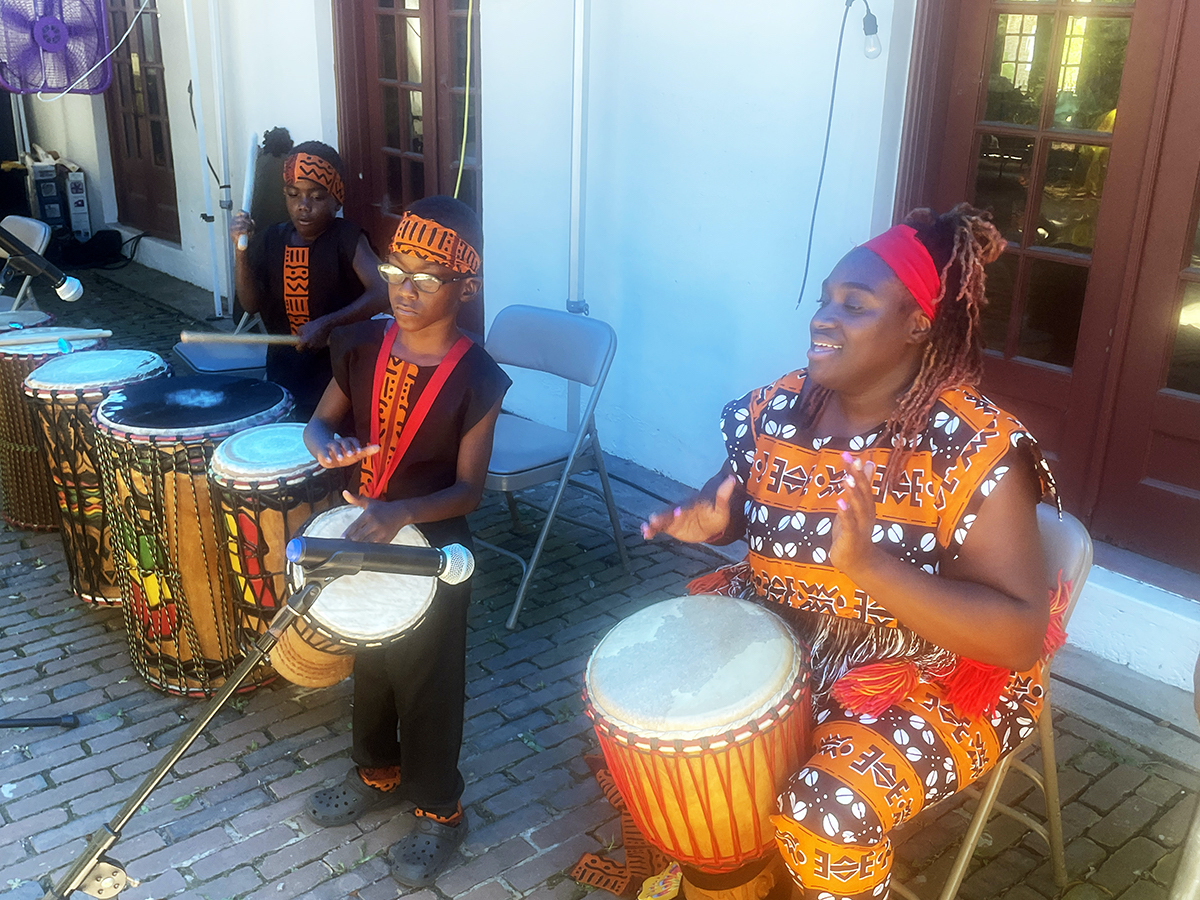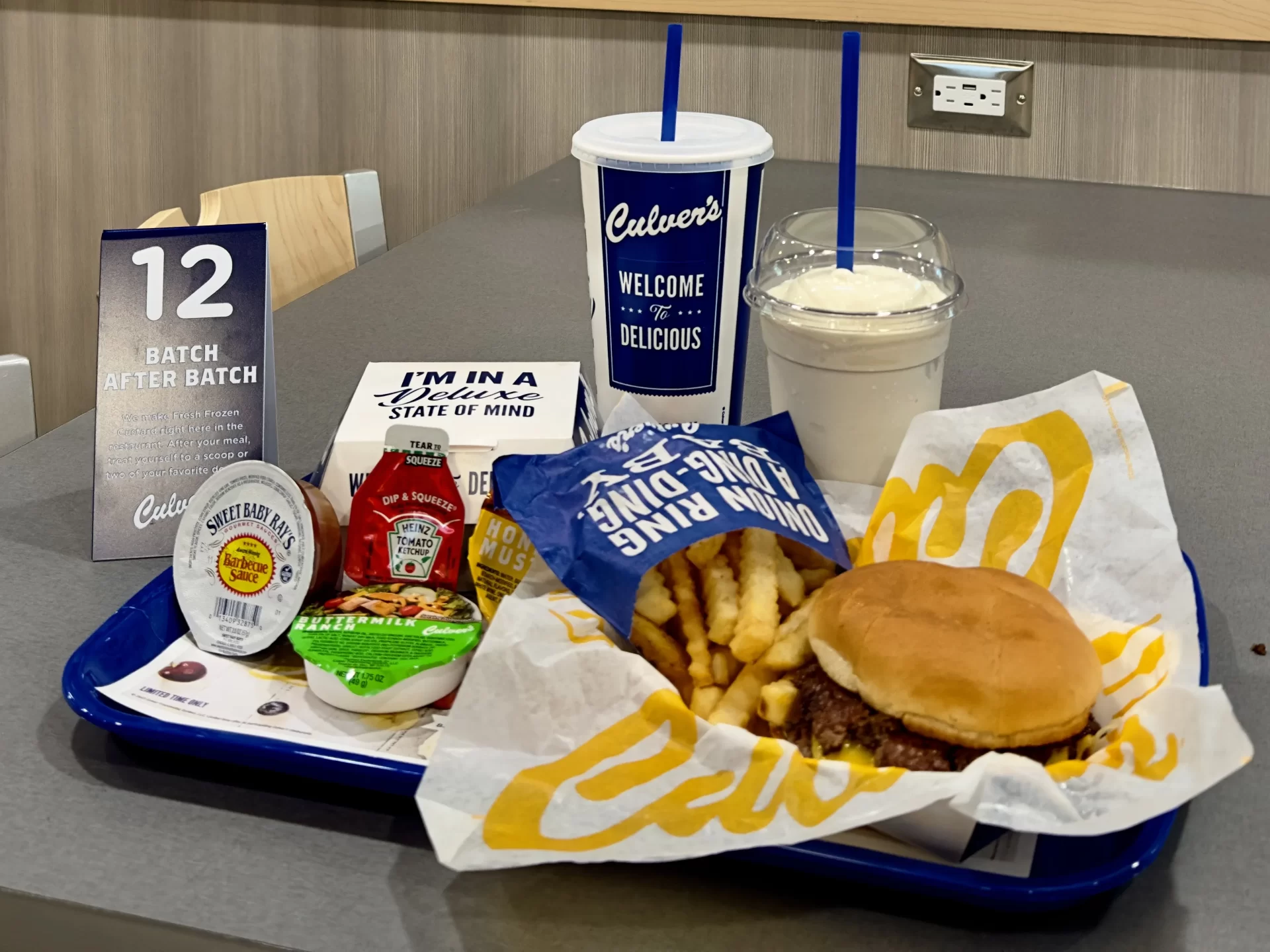By CELIA STRONG
Tuscany is well known for many things. History, vacation villas, shopping, special foods and, of course, wines.
Good, better and best wines. This week, a chance to try a wine.
The region of Tuscany is located on the western side of the “Italian boot.” There are 33 wine DOC designations in this region. And nine DOCG designations. More than any other region has of the highest and best by Italian wine laws.
Wine history in Tuscany goes back to the 8th century BC. The Etruscans, the Greeks and the Romans all played a part in the development of wine in this area.
After the fall of the Roman Empire, and through the Middle Ages, Catholic monasteries were the main grape growers and winemakers. When aristocratic and merchant classes emerged, share cropping and a system known as “mezzadria” followed.
Those owning land provided use of their lands and resources for planting and, in return, received half, “mezza,” of what was grown.
The Tuscan tradition had landowners using their half of harvested grapes to make wine that they could sell in Florence. In 1282, the first wine merchant guilds were founded. And regulations that controlled where and when wine could be sold were established. (Not within 100 yards of a church, not to children younger than 15, prostitutes, ruffians or thieves.) In the 14th century, there were almost eight million gallons of wine sold in Florence.
Brancaia is a Tuscan winery that was newly established in 1981. The Widmers, a Swiss couple who loved wine, bought the abandoned Brancaia property that was known as Castellina. Two years later, their wines made first rank in an important Chianti Classico tasting. They bought more land and produced more great wines.
Today, Barbara Widmer, daughter of the original Widmer couple, is the Brancaia oenologist and manager of their three wine estates. Brancaia is one of Tuscany’s leading wineries.
Brancaia Tre is one of their red wines. First made in 2000. And named for the three estates its grapes are sourced from. And for the three grape varieties used to make it. Threesomes!
This Tuscan blend is made from 80 percent Sangiovese, 10 percent Merlot and 10 percent Cabernet Sauvignon. (Because this particular blend of grapes does not follow the legal “formula” for Chianti or any other DOC Tuscan wine, its designation is IGT.)
Sangiovese is the main grape of all Chianti DOCG wines. And, its various clones are responsible for other Tuscan wines, DOC and DOCG.
Young Sangiovese wines have fruity strawberry flavors and a little spiciness. With some barrel aging, they gain depth and complexity – sour cherry and earth flavors, tea leaf notes, mild tannins and acidities. Blended with Merlot and/or Cabernet Sauvignon, Sangiovese can reach new heights. With the quality of grapes and techniques used at Brancaia, we get highly rated, great-tasting wines.
For Brancaia Tre, the grapes are hand harvested, gently pressed and fermented and macerated for 18 days. Aged in oak barrels for 12 months, followed by at least two months aging in its bottles.
This wine is a deep ruby purple color. Its has perfumy aromas with cherry notes, florals, green pepper and a hint of smoke. A spiciness and minerality and moderate acidity come with its flavors. It is medium bodied and can improve immensely with about 45 to 60 minutes of air. (If you’re in a really hurry, though, choose a large bowl wine glass and do some swirling.)
This wine is elegant and well structured, with terrific black fruit, cassis, ripe cherry, smoked meat and dried herb flavors, smooth textures and a lingering finish. Perfect with hearty tomato sauces, grilled meats, poultry and seafoods.
For $17.99 at Bill’s Liquors. Enjoy.






